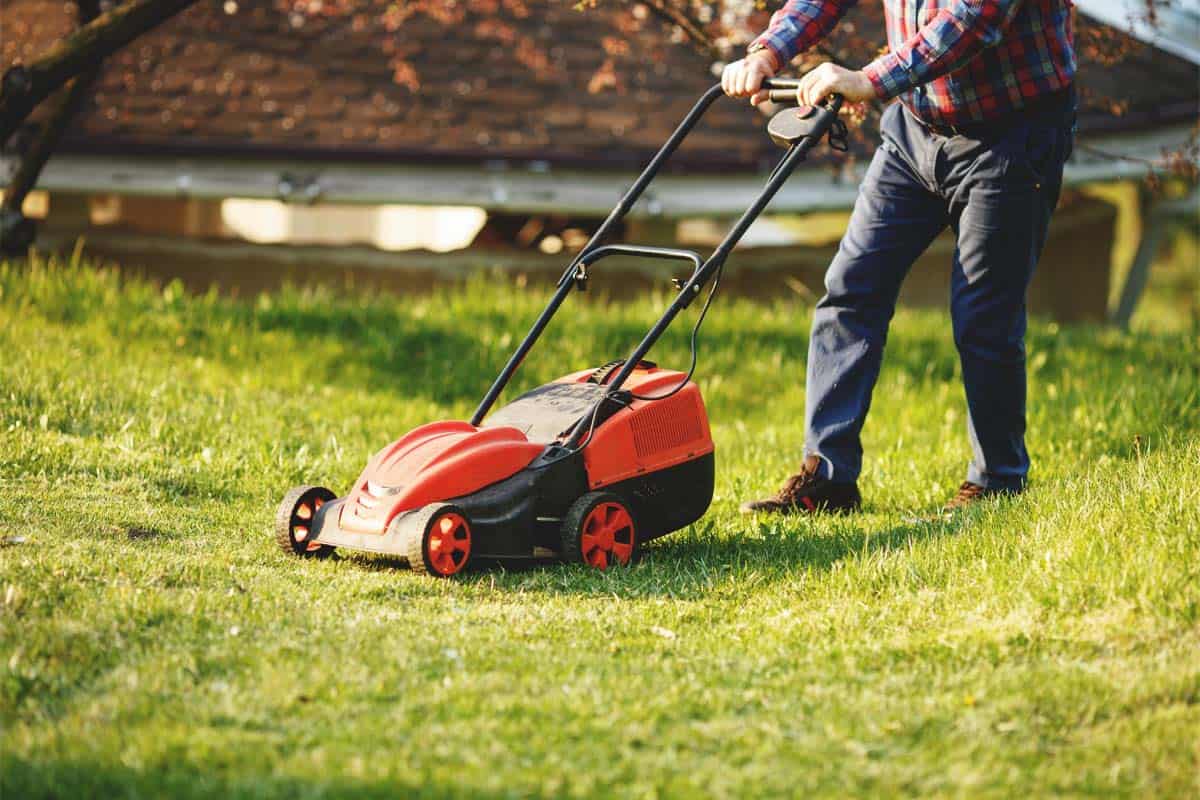If your yard is uneven and you want to level it out, you don’t need to spend a massive amount of money hiring a contractor. Believe it or not, it’s a job you can complete all on your own.
You may want to level ground out because of the way the water runs off or you want to create a new lawn or garden area. Whatever the reason, all it takes is some hard work and a few tools.
Here’s what you need to know to get the job done right.
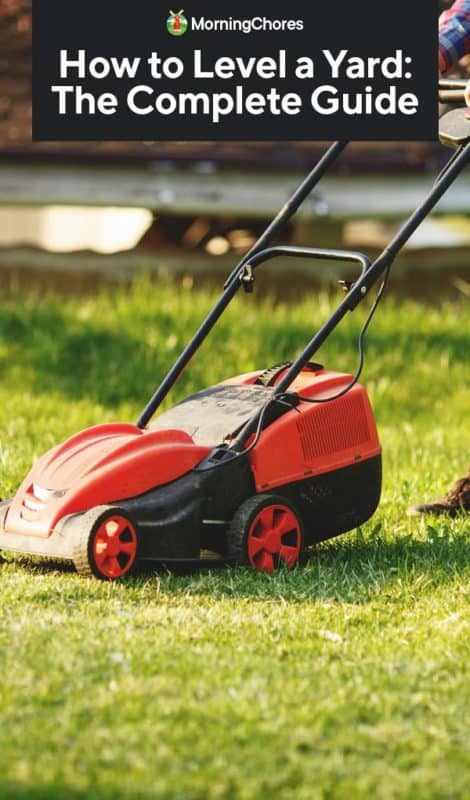
Different Problems Call for Different Methods
There are various reasons and situations where you might want to level a yard, so we’ll tackle all of the scenarios you might encounter.
Keep in mind that leveling is different than grading. Grading is when you even out a sloped area. A bumpy yard is one where you have lots of hills and valleys that require leveling.
Leveling the Bumpy Yard
A bumpy yard is sometimes more of an inconvenience or aesthetic problem. Then, there are times when the uneven areas cause water to pool and other areas to get too dry, which can destroy plants over time.
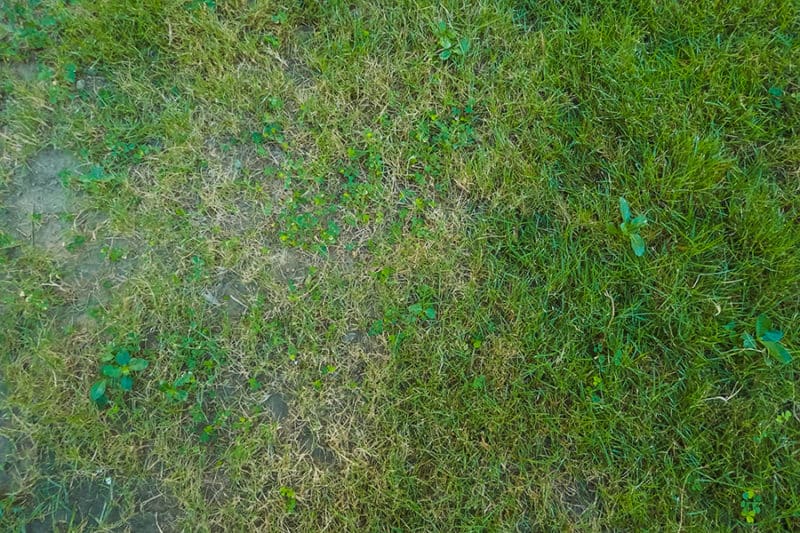
Bumpy lawns make mowing difficult and you end up scalping parts of the yard due to the mower passing over uneven surfaces. Uneven gardens can be a hazard when walking over them.
Minor Bumps and Depressions
This is the easiest of the problems to address. Use topsoil to fill in the depressions. Then, rake over with a garden rake, a broom or a leveling rake. Your goal is to have the new soil at the same level as the surrounding area.
If you’re leveling lawn, add a little compost and work in some new seed. Keep moist until the new grass is about an inch high.
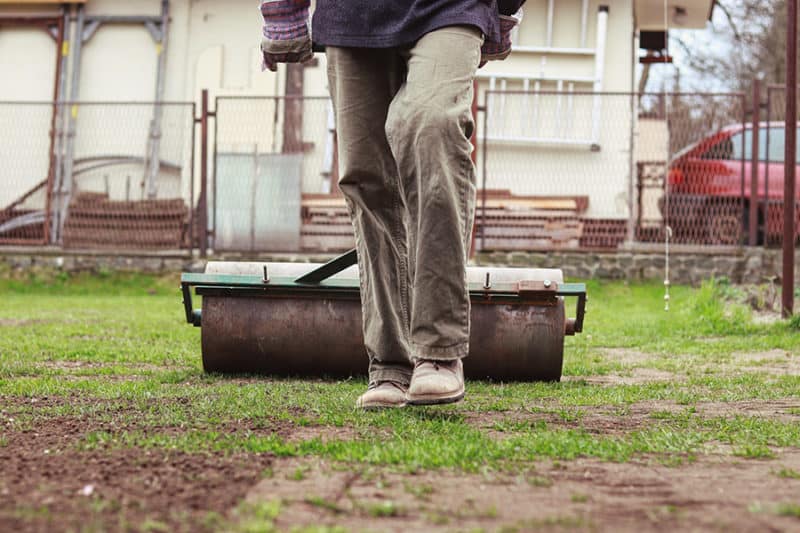
To press down minor bumps, rent or buy a water roller. Fill it with water – the more you use the more it will compact the soil – and slowly roll over the bump.
Be careful not to compact the soil too much or you’ll cause more problems later on.
Moderate Bumps and Unevenness
If the raises or depressions are more than an inch or two deep, you’ll have to do a bit more work.
For lawn:
- Remove the sod in the affected area carefully so that the roots come up as you remove each strip. Keep the strips to no bigger than 18 inches. This makes them easier to handle and you’re less likely to damage the grass.
- If there is a depression, fill with extra soil. Make the backfill a little higher than the surface of the surrounding lawn to allow for settling.
- For raised areas, shovel away the excess soil.
- Rake everything to smooth it out and make it even.
- Water lightly as you backfill to aid in settling to remove air pockets.
- Replace the sod and water lightly again. If you’ve damaged the sod or it was in bad condition to start with, I suggest you sow new grass seed.
For exposed earth:
- Fill depressions with topsoil until it is even with the surrounding area.
- Top off with a mix of compost and rich garden soil so that the area is slightly higher than the surrounding yard.
- Lightly pack down the newly-filled area with a tamper.
- For raised areas, shovel away the excess soil until it is about even with everything else.
- Rake everything until it is smooth and even.
Leveling Large Dips and Hills
If your yard is extremely uneven, you’ll need to break out the big guns. Remember, any yard needs to slope away from your house or outbuildings. Be mindful of where you’re establishing the new levels in your yard because water is incredibly destructive.
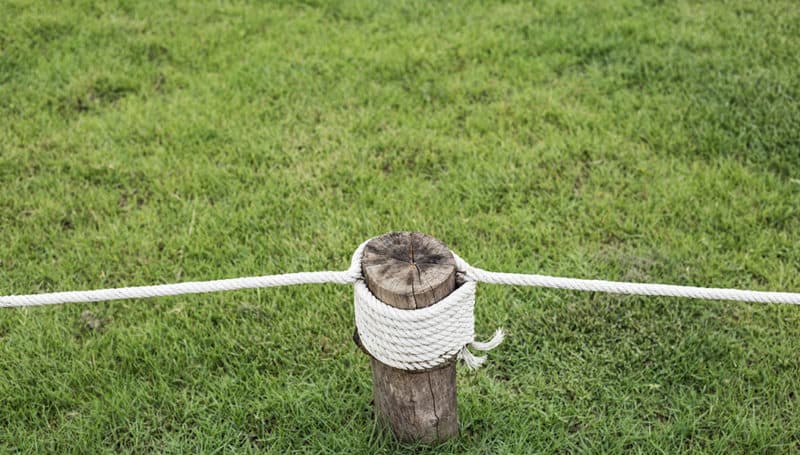
- Hammer stakes into the ground around the depressed area that you want to fix.
- Run a string from the base of each stake until you have fully surrounded the depression.
- Fill in the depression with soil until it reaches the level of the string.
- Scrape away any high areas using a shovel.
- Tamp down using a tamper. Add more soil and repeat if necessary.
- Cover the area with an inch or so of good quality topsoil.
- Now you can replant.
River Sand Method for Lawns
I used this method recently and it worked well. I had a reasonable sized yard with moderate unevenness. It took six yards of river sand to get things sorted out.
- Mow the lawn as low as you can get it to see all of the lumps and bumps.
- Spread the river sand over the lawn with a broom so that it fills all of the low areas and evens the surface out. Your lawn may resemble more of a beach than lawn about now. In the high areas, you will see grass and in the lower areas, you may not see the grass at all.
- Water the lawn gently. You’ll be surprised at how the sand is moved around. The best way to do this is to set your sprinklers on for a couple of hours.
- Once watering is complete, sprinkle a good lawn fertilizer over the area.
- Plant new sod or re-seed the area.
This method worked well for my Bermuda grass, particularly because there weren’t too many bald spots in the lawn.
I found river sand the best to use because builder’s sand has large pebbles in it and as the excess sand washes away over time, the pebbles remain in the lawn.
Best Time to Level a Yard
Through trial and error, I’ve found the best time to level your yard is in early spring. If you’re doing this to re-sod or re-sow, this gives the best chances for everything to regrow.
If you are leveling your yard for other reasons like laying a new garden bed or to make it easier to maintain the area, spring is still best, but you can leave it until later in the season. Just don’t leave it so late the ground becomes dry and compact as you approach summer.
The perfect time depends on your particular area. If you have snow in winter, the snowmelt will put a lot of water into the ground. If this is the case, leave it until the ground is dryer and firmer.
Problems, Issues, and Remedies
Small Trees and Plants
If you have small trees or plants in the area, I find the easiest thing to do is to remove the plant. If possible, put it into a container and replant once your leveling is complete.
Buried Cables and Pipes
If you have a minor surface issue, you should be fine leveling over any buried cables or pipes. If your leveling requires you to dig deeper, you should get the plans from your local authorities to show the location of pipes and cables, and then avoid them if necessary.
You may need to build the ground up rather than digging down to level things out if this is the case.
Compact Ground
I had a small area to level out once, but it was so compact that I had no choice but to use a digger. We had to remove 3 inches of soil to level it out. If you have heavily compacted ground, you may find you have no option but to hire a contractor to do it.
Get Ready to Work
Leveling a yard doesn’t have to be a monumental task. This is something that’s achievable and in some cases, much easier than you might think.
My best advice is to plan your method and gather your supplies in advance so everything is ready to go. Then, be prepared to adapt along the way depending on what you find as you start to level the yard.
If you have any tips or tricks to level a yard, we’d love to hear from you.
